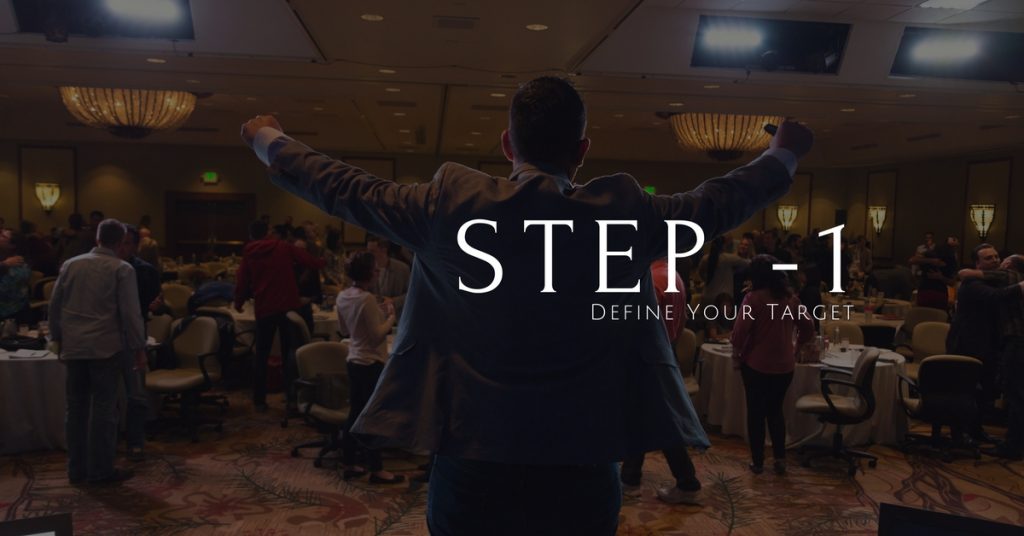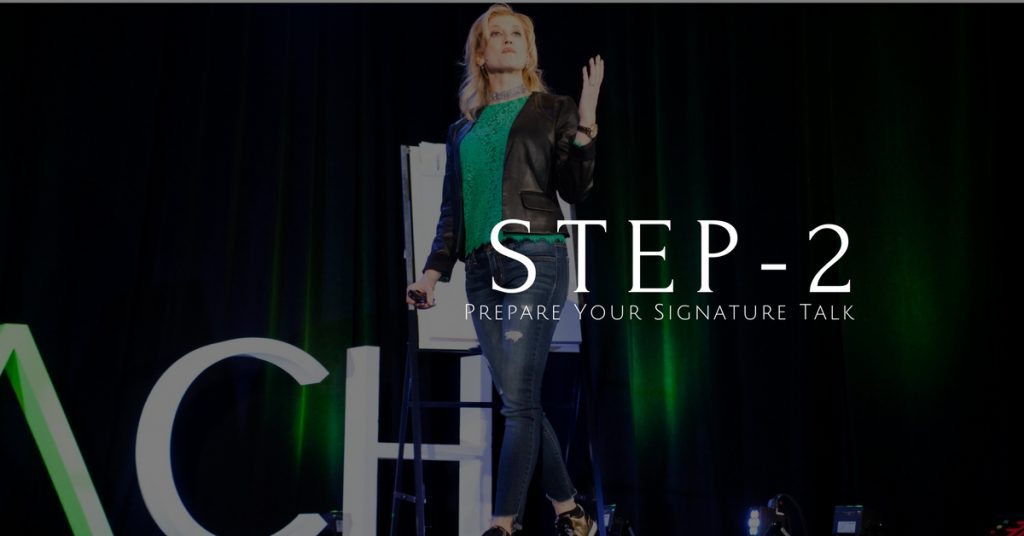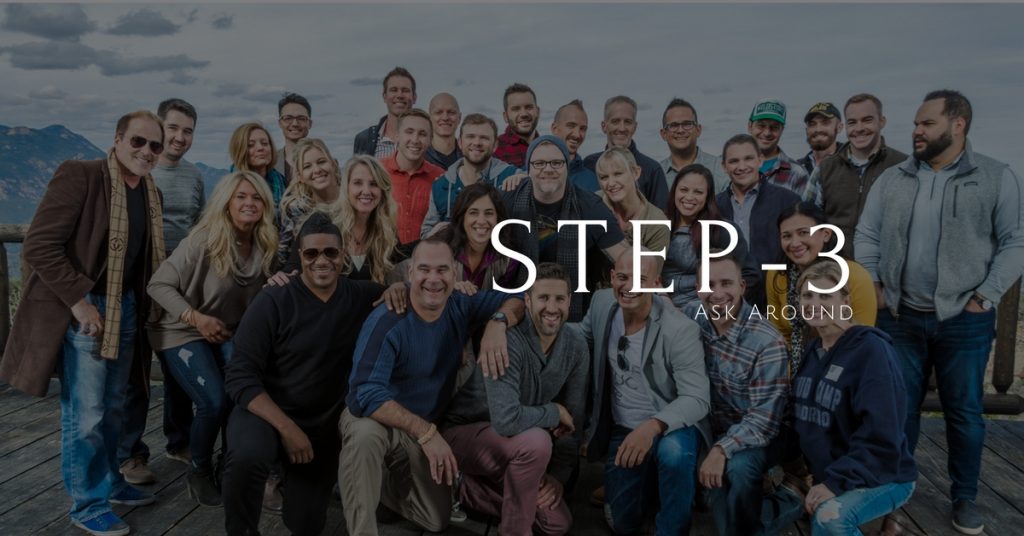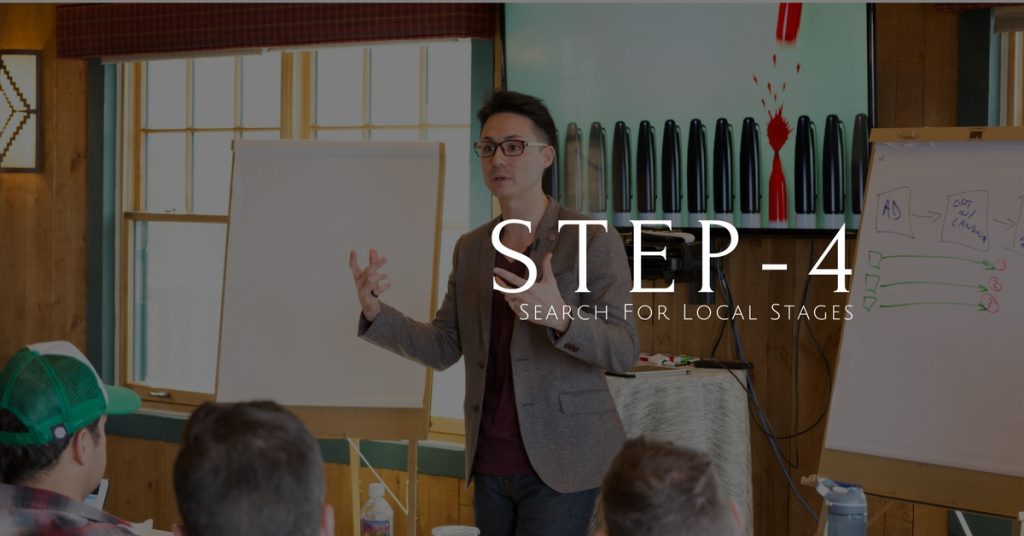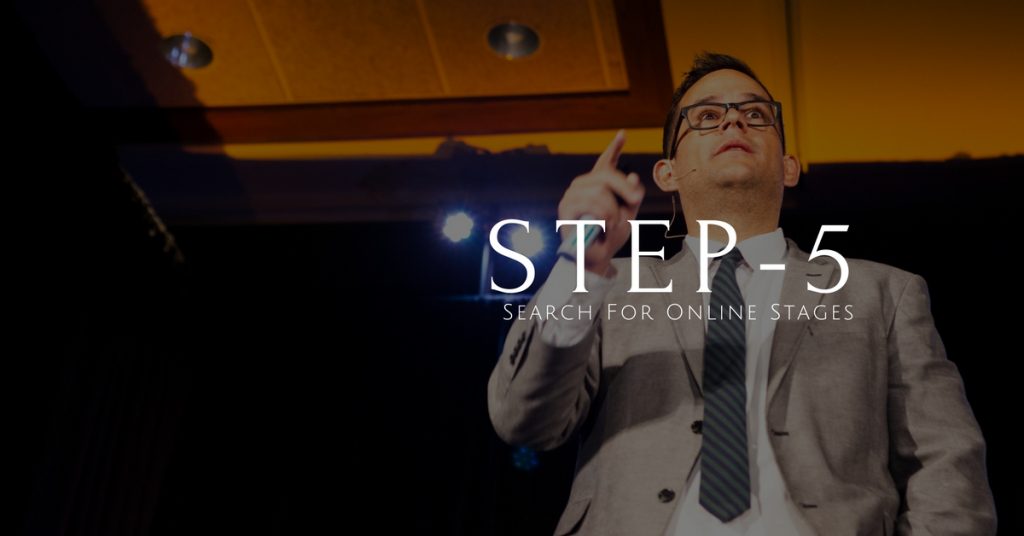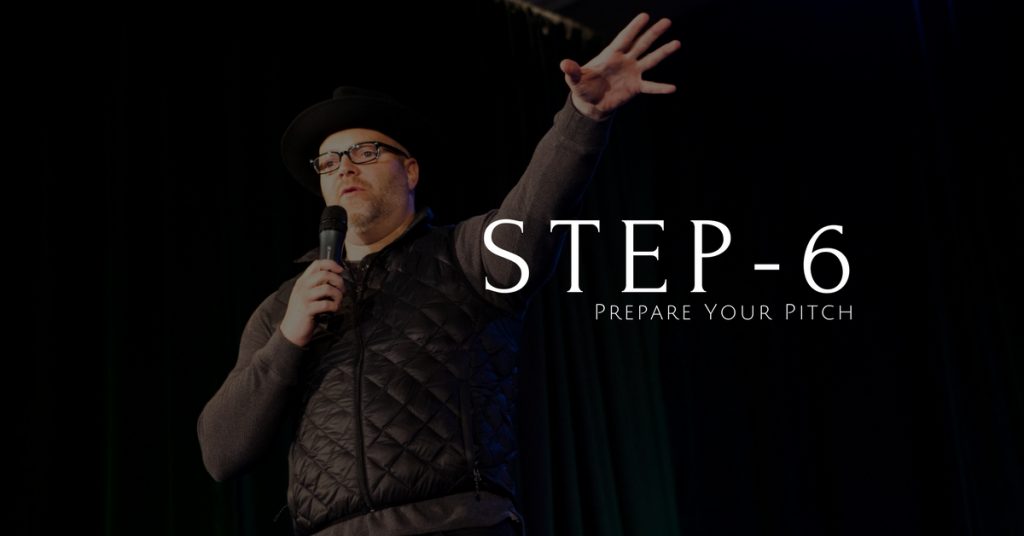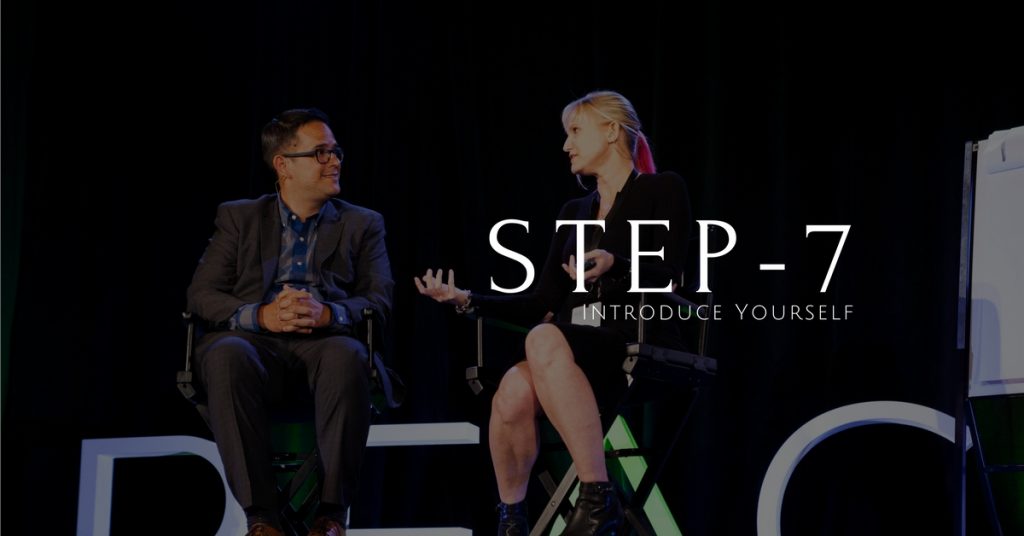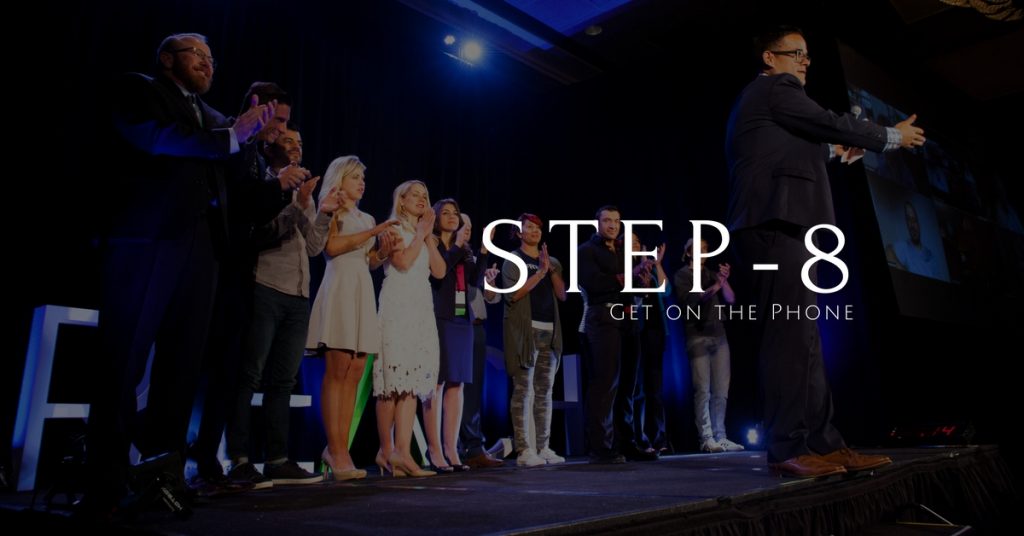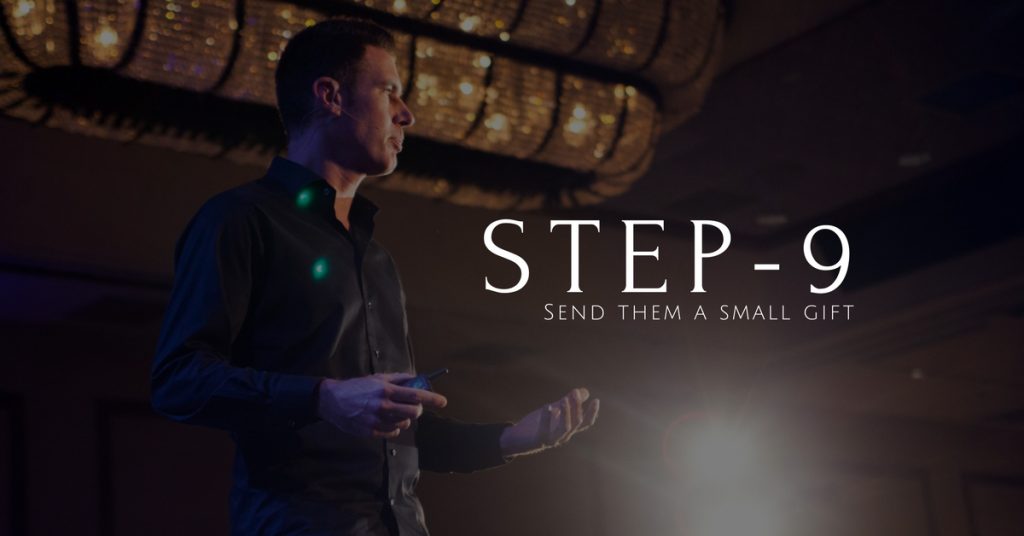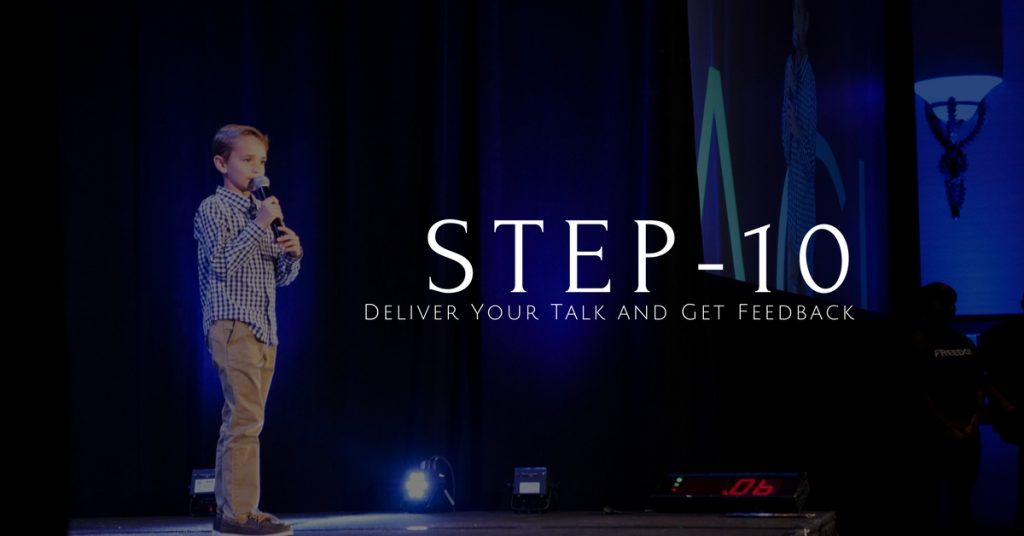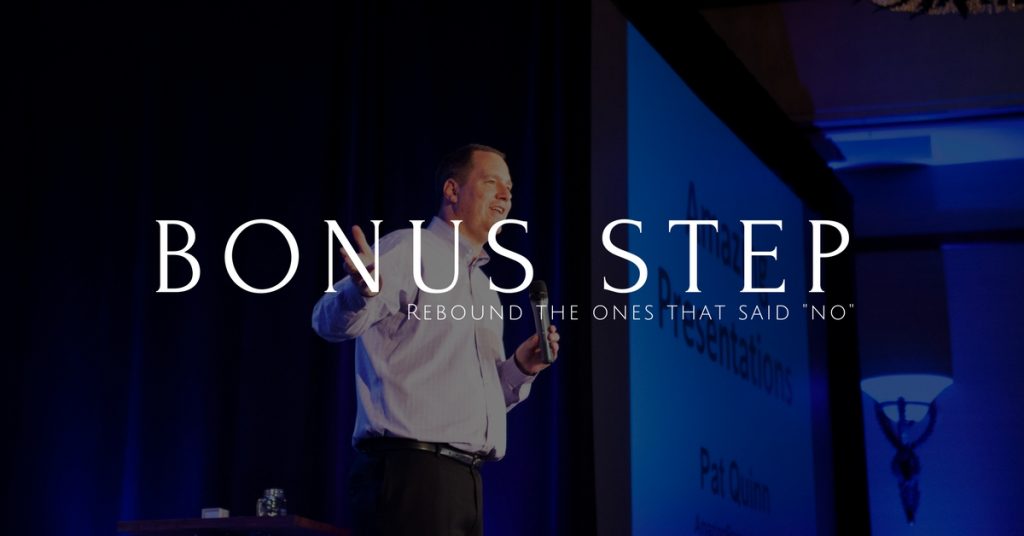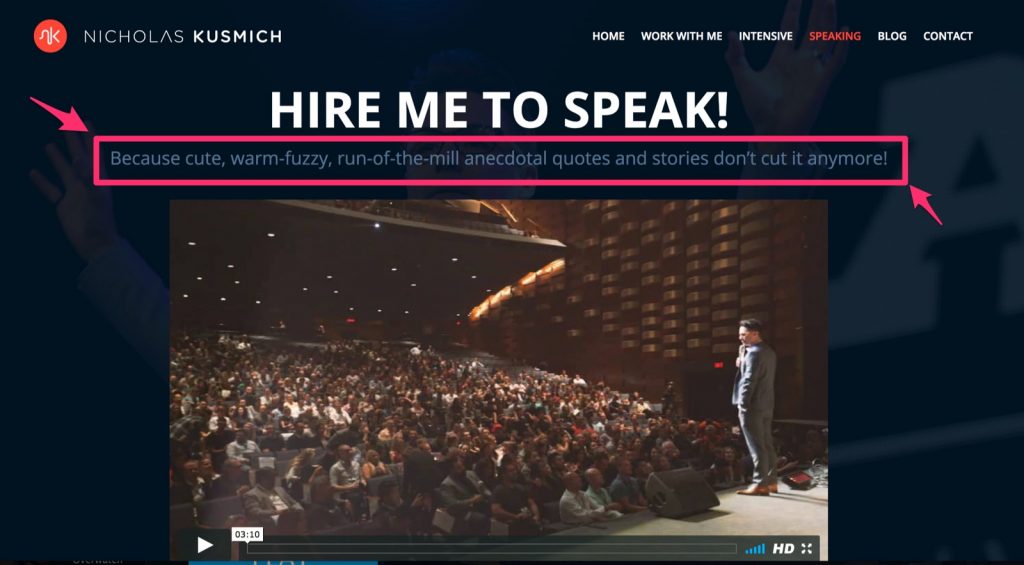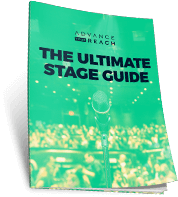LaVonna Roth is the creator of Ignite Your S.H.I.N.E.®, an organization that is making an impact in education and corporate settings throughout the United States, particularly amongst women. Previously a teacher for 10 years, Roth used to lack the confidence necessary to speak in front of others. When she was asked to train other employees in her school district, she says her brain screamed “no,” but she verbally said “yes” anyway. From there, she became a consultant and planted the seeds for Ignite Your S.H.I.N.E.® She wanted to help support others to help them gain the confidence that she lacked for so long.
Tapping into her education background, LaVonna likes to talk to students about confidence. She views confidence as a huge factor in the success that people will have, not just in school, but in their careers as well. She wants people to look into other positive traits while acknowledging their own strengths.
Nine years ago, LaVonna took the risk and created her own company. Although she’s had plenty of risks and challenges along the way, she’s turned her business into a six-figure company. In fact, her hope is to build upon this success and strive toward having a million-dollar company in the near future, with her speaking engagements serving as the main driver of that growth.
How LaVonna Has Increased Her Revenues From Speaking
Since LaVonna created Ignite Your S.H.I.N.E.®, her speaking fee has more than tripled. But that’s only a small part of the revenues she earns from her stages.
Most of the revenue growth, according to LaVonna, comes down to finding a niche. LaVonna wanted to set herself apart, and she went and did a lot of self-critique as a result. As she improved as a speaker, she was approached by a publisher, who asked her to write a book. That one book has turned into eight books, which helps supplement the income that she receives through Ignite Your S.H.I.N.E.®.
With Ignite Your S.H.I.N.E.®, she has also explored additional sources of revenue that further reinforce the meaning of her business. She’s launched a bracelet that has five twists – one twist for every letter in the word “S.H.I.N.E.”. Each letter has a unique meaning: self, heart, illuminate, navigate, and exceptional. It’s more than just an accessory that people can wear. The bracelets that LaVonna sells serve as a reminder to those who may be struggling to live in the moment to think of what’s positive around them and to see the good in others. It’s a reminder that they can always find something that shines in any aspect of life, no matter how adverse a situation may feel in a given moment.
Aside from LaVonna being a solo speaker, she has looked at other methods for spreading her message. She is beginning to hire speakers that will make up a team to help spread the message of Ignite Your S.H.I.N.E.®. These speakers will be trained in LaVonna’s speaking style, and they will be there to help with LaVonna’s various speaking needs. Whether she needs a speaker to take her place due to other commitments, or if a client cannot afford LaVonna’s asking price, LaVonna wants to ensure that her message of positivity is continuously being spread. This helps her team land more stages and bring in more revenue.
Additionally, LaVonna is exploring a new digital product that will be released before the end of 2017. Calling them, “SHINEtastic Lessons,” LaVonna says this is a framework course composed of videos and lesson plans. Any educator can shine in the online program at any time and go through the program at their own pace. While this provides more income for LaVonna, it has the added benefit of allowing her to take time off of the road so she can spend more time with her family.
If you want to learn more about how to land your first stages, check out: 10 Steps To Book Your First 10 Stages This Month
How LaVonna Engages Meeting Planners And Wins Stages
One of the biggest ways that LaVonna has been able to grow her business is by landing an increasing number of speaking engagements. This rise in engagements has been in large part due to social media websites, most notably Twitter.
LaVonna participates in many informational Twitter sessions with her followers, who number more than 13,000. From time to time, she will engage in conversations with her followers to help expand her network. But her social media activity has also helped her get noticed by others looking for potential speakers. She says that she will receive direct messages for people to book her as a result of the content she posts on Twitter. In fact, it’s not unusual for her to see two new bookings each month that can be traced directly back to her activity on the social media platform. After customers have found her on Twitter, they have looked at her website, which she has linked on her Twitter account, and they have often been even more impressed.
LaVonna’s mastery of Twitter speaks to a key concept that she says has made a real difference in her approach to seeking stages: picking a channel and nailing it. While there’s something to be said for having a presence on multiple social networks – and Facebook and LinkedIn are not without their own advantages – this does create challenges when it comes to achieving consistent branding across various platforms. In the end, LaVonna is living proof that being strong on a single social network is preferable to being mediocre on many.
Outside of social media, one of the most powerful tools LaVonna uses is her speaker box. Speaker boxes are exactly what they sound like – a box with a series of gifts that helps you introduce yourself to a potential client.
LaVonna has her speaker box laid out in a unique way. She uses a white box that contains the Ignite Your S.H.I.N.E.® logo inside of it. She combines decorative aspects with colors and shapes that complement her company’s branding. LaVonna then makes sure that her speaker box includes aspects of her work – such as a 3-minute promotional DVD of her speaking.
LaVonna’s speaker box also includes a simple promotional brochure that provides additional information on her experience and background. She makes sure her contact information is included in the brochure so prospective clients can get in touch with her. As a special touch, she includes a light bulb in each box that is packed with yellow M& Ms. The color scheme lines up with the rest of the branding and reiterates her overall message of igniting the shine of yourself and others. LaVonna considers adding her logo to the light bulb in the future, so it can serve as a constant reminder of her brand. Finally, she includes other smaller gifts to help introduce herself, such as small gift cards. These gifts have helped LaVonna be referred to other customers, further widening her potential income stream and expanding her customer base.
Identify Your Biggest Asset
LaVonna says her strongest asset, by far, is her assistant. One of the biggest traits to look out for in your biggest asset is whether or not they share your passion for your business and will be there to support you as you strive to reach higher. For LaVonna, her assistant Sandi is very much that person.
LaVonna describes Sandi as her “right hand.” When LaVonna needs help with anything related to the business, Sandi is always willing to help. When there’s the opportunity to learn about new technology or skills to enhance LaVonna’s business, Sandi is always willing to do it. Sandi also has a business and marketing degree, which proves only to strengthen the business. When you want to take your business to the next level, it’s important to have that additional person to support you.
The Importance Of Your Story
Everyone has a story.People may think that their stories may be similar to those of others, but everyone’s story has impacted them and shaped them into who they are today. At the same time, everyone’s story has the potential to affect, influence and inspire others.
LaVonna Roth Competing In The Speakoff At Reach Academy Live.
For LaVonna, her story goes back to when she was born. LaVonna was told that her biological father walked out the door at the hospital, to never be a part of her life, and it had a large impact on her throughout her life, although she didn’t really realize how much until several years ago. She admits she was a people-pleaser, always wanting to fix things and struggling with low self-esteem.
LaVonna’s self-confidence would not be helped as she struggled in school. As someone who learns in a way that she describes as “different than how subjects are often taught in school,” LaVonna’s grades began to decline as soon as she hit middle school. By the time LaVonna was in high school, she admits that she was struggling to get by, and her confidence had reached a low point.
This low self-confidence persisted, lasting even while she was able to find validation in other areas of her life. Despite receiving recognition for her excellence as a teacher and later as a business owner, she still struggled to believe in herself. Thinking back to her own time in school, when she thinks about her work with Ignite Your S.H.I.N.E.® in the education sector, her focus is on finding ways of teaching that allow every single student – and every teacher – to discover the ways that they shine and the value they bring.
People who understand the power of their story and get their signature story down is the key to making your speaking career a thriving success.
Starting On Your Journey
For LaVonna, realizing the roots of her lack of confidence and discovering that there are elements of her life that needed to have shine played a key role in helping her discover what she refers to as her “calling” – finding a way to best support others in developing their confidence – giving her the boost she needed to strike out on her own as a speaker.
For those who want to get into speaking, LaVonna stresses the following key points:
- Get involved for the right reasons.Don’t get caught up in glamorous ideas of being a speaker to travel the world and see the sights. That’s not realistic. Speaking is hard work, and you need to have a deep sense of purpose for what you’re doing to keep you going.
- Find a mentor.Don’t assume you’ll be able to figure everything out on your own. Find a mentor with experience as a speaker – and as a business owner – to provide you with extra guidance to build your brand and reduce your likelihood of making limiting mistakes early on in your journey.
- Stay focused on your goals. If you want to build your own business, your goal is to make your mission as large as you want it to be. While the mindset of “hustling” for your own business can be extremely overwhelming, the key for your business is to always keep it moving forward. Identifying your immediate and near-future goals is one of the best ways to keep your business on track.
Despite being in the speaking business for the better part of a decade, LaVonna continues to make changes to her business model even today. She has seen an increase in customer engagement through continued efforts, and more people are talking about her presence as a result. The journey may not be linear, but the focus must always be straight ahead.





